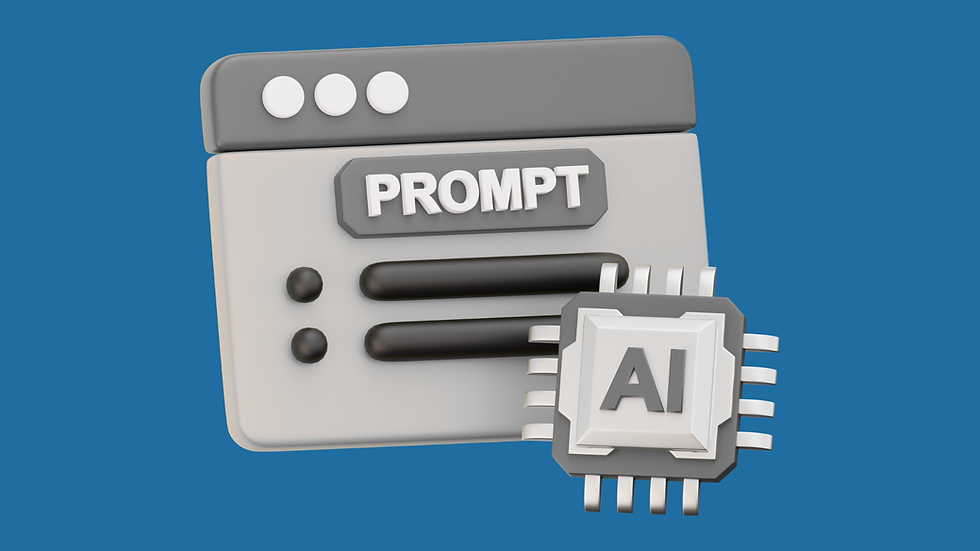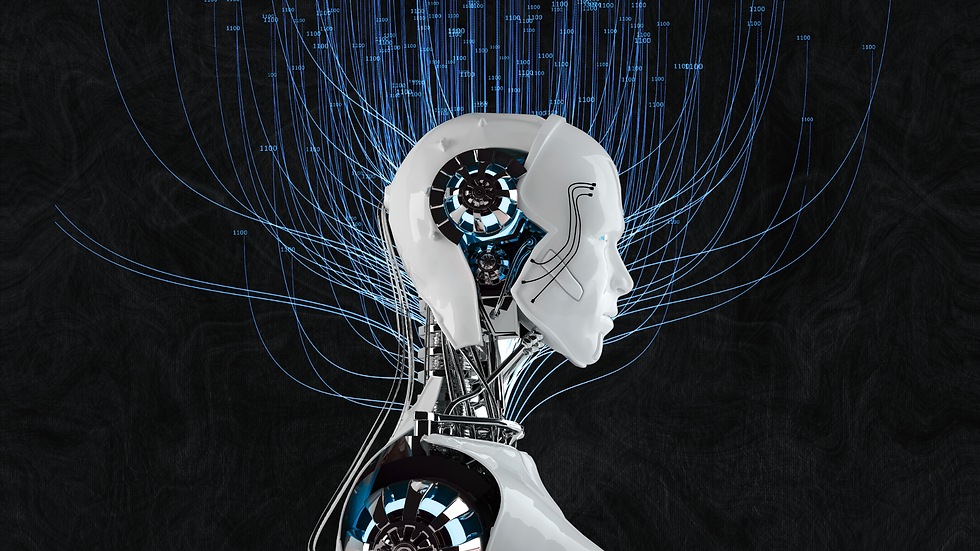Ready or Not, AI Is Taking Over Advertising: Let’s Break Down What That Means
- Team Social Depot

- Jun 7
- 3 min read
Updated: Jun 24

Big changes are coming to the world of advertising. Meta and Google are shifting their ad platforms to run on AI agents, and this is going to change how we create and manage ads, big time.
What’s Going On?
Meta told The Wall Street Journal that by 2026, their entire ad system will be AI-powered. Instead of building every single ad yourself, you’ll just tell the AI what you want, and it’ll take care of everything — from creating the ads to finding the right audience, testing different versions, and optimizing in real time.
Google is doing something similar with its new Agent Mode. You’ll explain your campaign goals, and the AI will launch and manage paid search, YouTube, and display ads for you. It’ll even adjust strategies mid-campaign based on how people respond.
Say Goodbye to Complex Dashboards
One of the biggest shifts coming is that instead of navigating clunky interfaces and toggling dozens of settings, you’ll talk to AI assistants like you would a teammate.
You’ll simply explain your goals, describe your target audience, and share creative ideas — all through chat or voice commands. Then the AI will handle the rest, from building the campaign to testing and optimizing it in real-time.
This isn’t some far-off future either. Meta plans to have their entire ads platform powered by AI by 2026, and Google is already rolling out Agent Mode to make campaigns conversational and predictive.
Why Learning to Craft Good AI Prompts Is a Game Changer
Here’s where things get interesting — the success of your AI-powered campaigns will largely depend on how well you communicate with the AI.

In traditional advertising, you controlled every detail manually: picking audiences, writing headlines, selecting images, and deciding when to pause or boost campaigns.
With AI, the system takes over these tasks based on the brief you provide.
So the clearer and more precise your instructions (or “prompts”) are, the better the AI can deliver.
Prompt smarter, not harder, guide AI to work for your brand
Good prompting means:
Clear goals: Instead of vague instructions like “grow sales,” specify who you want to reach, what action you want them to take, and any special considerations. For example: “Reach new homeowners aged 30-45 in Texas interested in eco-friendly products, encouraging them to book a free consultation.”
Creative guidance: Tell the AI the tone and style you want, whether it’s playful, professional, emotional, or informative. This keeps the brand voice consistent.
Constraints and preferences: If you don’t want certain words or images, or if you prefer specific platforms or times, include that in your prompt.
Learning to craft strong prompts is a new marketing skill. It’s like giving clear directions to a very capable assistant — the better you explain, the more efficient and effective the outcome.
What This Means for You and Your Brand
If you want to get ahead, start thinking about how you’ll communicate your brand’s goals and creative vision clearly to AI.
Brands with strong stories, visuals, and messaging will see the biggest benefits. The better your input, the smarter and more effective your AI-powered campaigns will be.
The New Marketing Role: Director & AI Supervisor
This doesn’t make marketers obsolete. It means our roles evolve.
We move from building every campaign detail ourselves to guiding AI with clear briefs, making strategic decisions, and ensuring the brand’s unique voice shines through.
This shift opens up exciting opportunities to focus on higher-level strategy and creativity, while AI handles repetitive, time-consuming tasks. Marketers become supervisors of AI, overseeing, analyzing, and steering campaigns to success.
How to Get Ready Now
Get your creative assets and messaging in shape: Strong visuals and clear messaging are the foundation for good AI-driven ads.
Practice explaining campaign goals clearly and simply: Start thinking in prompts. What exactly do you want the AI to do? How would you describe your ideal audience?
Start learning to work with automation tools like HubSpot workflows: Automation will be a key part of your toolkit alongside AI ads.
Keep an eye on the data and insights AI provides: AI can surface helpful data, but you still need to interpret and act on it.
Wrapping It All Up: Final Thoughts
The future of advertising is conversational, efficient, and powered by AI, and it’s coming fast.
This new era will reward brands that combine strong storytelling with smart AI use. At The Social Depot, we’re here to help you embrace this shift, blending technology and authentic storytelling so your brand stays ahead.
Ready to move from manual setup to conversational briefing? Let’s talk!
.png)



Comments